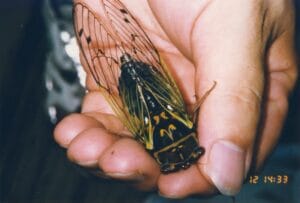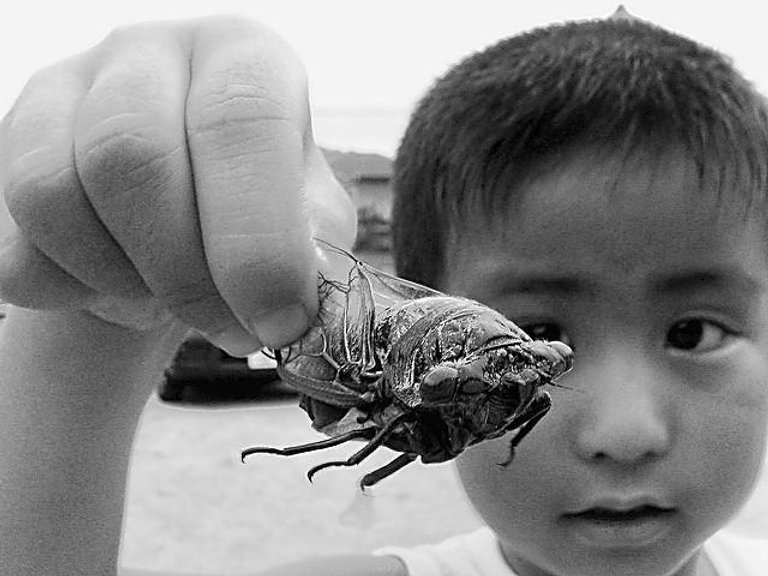No products in the cart.
Cicadas: The Sound of Japanese Summer
Introduction:
One of the most recognizable sounds of summer in Japan is the screeching of the cicada also known as semis in Japanese. Where do these critters comes from and what are they screeching about?
The Arrival of the Cicada
The chirping sound of the semis signals the arrival of summer in Japan. After the rainy season, these critters emerge from the earth, ready to serenade the country with their unmistakable screeches. While some may find the noise annoying, for many Japanese people, the sound of semis are a nostalgic reminder of the season.
The Identity of the Cicada
Despite its appearance resembling a locust, the semis is not related to them at all. In fact, cicadas are more closely related to leafhoppers and spittlebugs. These insects are known for their short lifespan, making them a symbol of impermanence in Japanese culture. The Japanese word for cicada, “semi,” is synonymous with the fleeting nature of life.

The Roaring Song of the Cicada
The loud buzzing sound produced by the semis is actually a mating call. Male semis create this noise by vibrating membranes on their abdomens. Each species of semi has a distinctive call, allowing them to attract potential mates. The cacophony of cicadas creates a symphony of summer in Japan, blending with the sounds of nature.
Conclusion
The screeching of the semis may be a familiar experience for those living in Japan during the summer months. Despite its loud and sometimes irritating sound, the semi holds a special place in Japanese culture. Its arrival marks the transition from spring to summer, bringing with it the promise of warmer days and balmy nights. So, the next time you hear the buzzing of the cicada, take a moment to appreciate the beauty of this tiny creature and the unique soundtrack it provides for the season.










